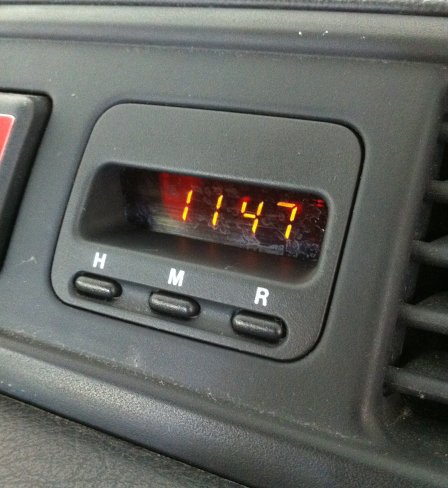After months of waiting on the tile to arrive, it finally got here! I’ve been having to deal with having a stripped down wall since after the counter-tops were done, so I’m glad to finally at least have my wall looking somewhat decent. Overall it didn’t take me but about 7-8 hours to do over the weekend, so I feel pretty accomplished. The tile saw I bought back when I originally did the kitchen floors has most certainly paid off as I didn’t have any issues cutting tiles other than my occasional wonky measurement.
Initially, I had to do a lot of work to get the wall cleaned up. There was still remnants of the linoleum and glue which were proving to be a pain in the ass.
Once the wall was a little more cleaned up, I could start laying out a pattern to work with.
The tiles were a lot smaller than from when I was doing the kitchen floor, but it went pretty fast as any complicated cuts were small and pretty much any other cut was a straight edge.
Grouting was definitely the most difficult part of this. I only had a limited space to work with (17″ from counter-tops to cabinets) and the 1/8″ gap was a lot smaller than the 3/8″ gap used on the floor.
With a weekend of work it turned out pretty great, and I’m just about done with the kitchen. There’s a few more things I need to do such as touch up the paint, but the bulk of the longer laborious work is out of the way and I can now enjoy the fruits of them.















